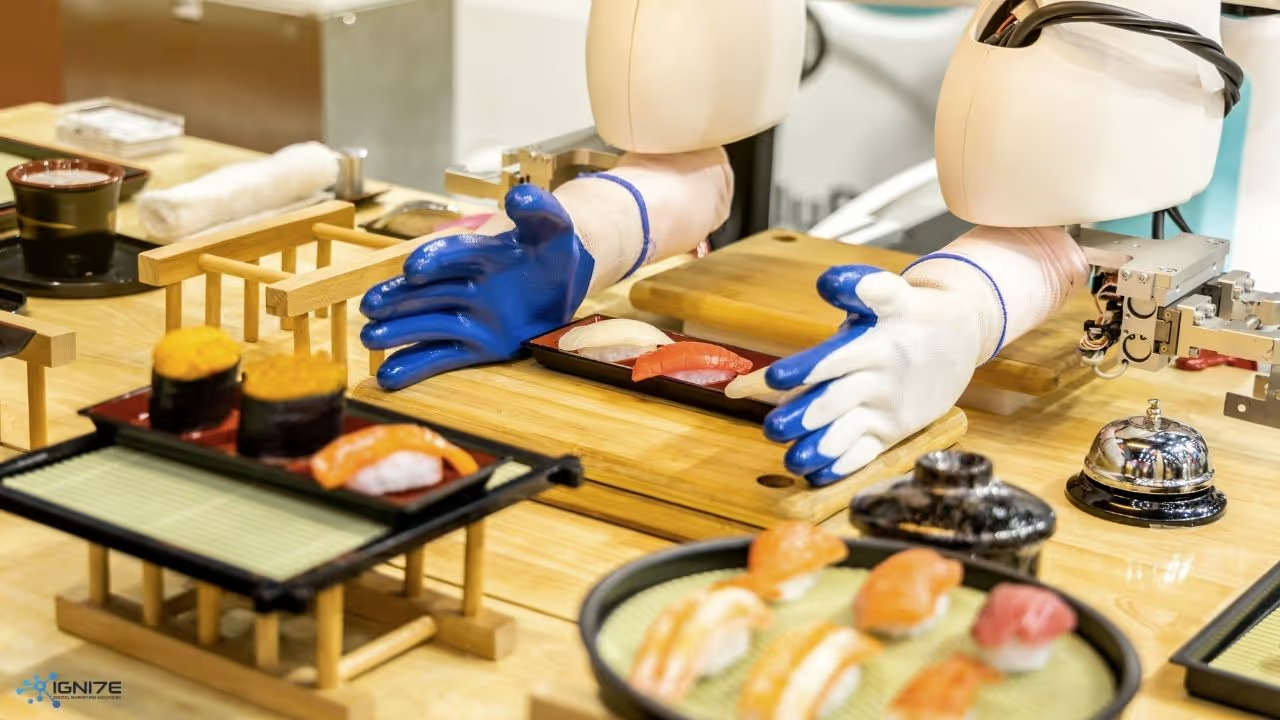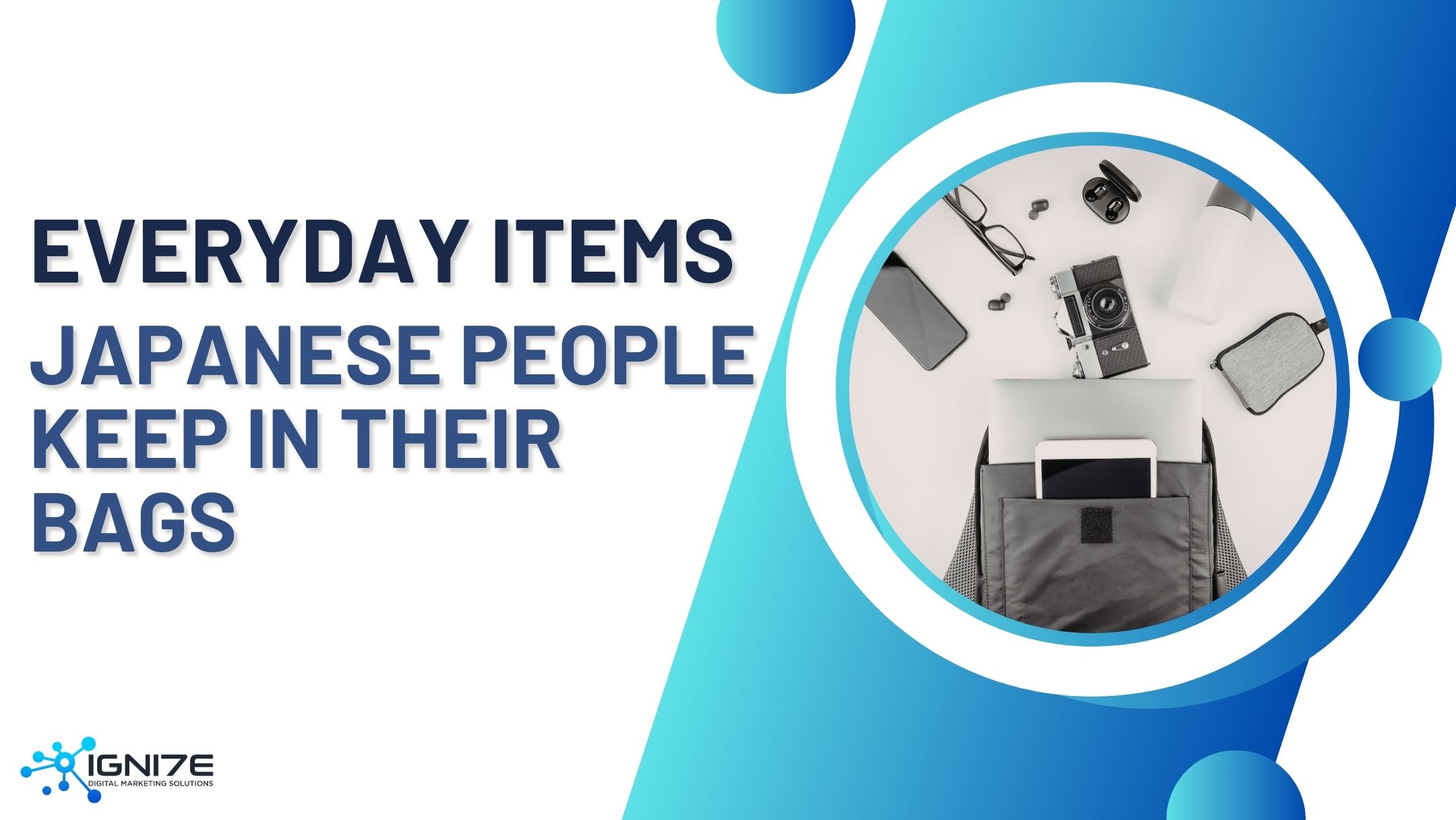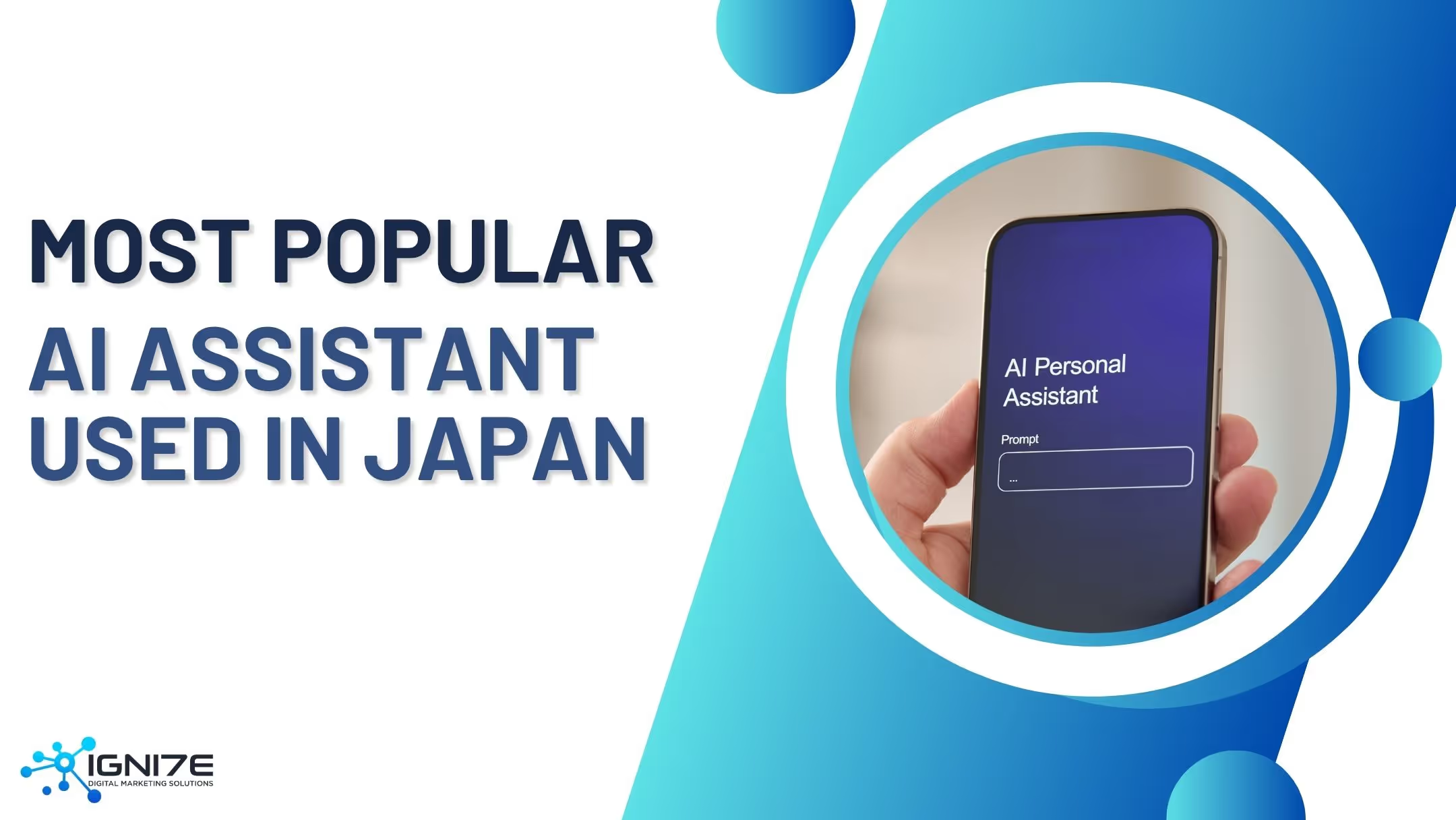Top 3 Industries in Japan Using Robots for Services

In recent years, Japan has witnessed a surge in technological advancements, with robot technology at the forefront of this transformation. As the country grapples with the challenges posed by a declining and aging population, labor shortages have become an increasingly urgent issue. In response, robots are being seen as a crucial solution to address this gap, offering the potential to alleviate strain on the workforce. Across various service sectors, robots are now being integrated to enhance operational efficiency, streamline processes, and improve the overall customer experience.
This article explores the service industries in Japan that are leading the way in adopting robotics, highlighting the innovative ways in which robots are taking on essential tasks and shaping the future of these sectors.
Industries That Utilize Robots
- Logistics
- Retail
- Restaurants
1. Logistics

In the logistics sector, the integration of robots is playing a pivotal role in addressing labor shortages by enhancing the speed and accuracy of warehouse operations. Robots such as picking systems and automated guided vehicles (AGVs) are revolutionizing the way goods are sorted, moved, and delivered within facilities. These innovations accelerate the processing of inventory but also reduce human error, optimize storage space, and improve operational efficiency. By automating repetitive and physically demanding tasks, robots are enabling logistics companies to scale their operations, meet growing demands, and maintain high levels of productivity in an increasingly competitive market.
Case Studies
- Rakuten: Automated delivery robots are used to deliver products from Seiyu and Starbucks stores in Tsukuba City, Ibaraki Prefecture, to local residents, enhancing convenience and speed for customers.
- Yamato Transport: Conducted a demonstration test of a personal delivery service using automated delivery robots on public roads, aiming to explore the potential of robotics for improving logistics efficiency and reducing delivery times in urban areas.
2. Retail

In the retail sector, robots are playing an increasingly vital role in enhancing both customer service and operational efficiency. Guidance robots, such as the well-known "Pepper," facilitate customer interactions by providing information and engaging with shoppers, enriching the in-store experience. Additionally, inventory robots have revolutionized stock management by automating the previously manual process of inventory checks, saving time and reducing errors. This automation allows employees to focus on higher-value tasks, enhancing productivity.
Case Studies
- FamilyMart: The convenience store chain has implemented automated systems where beverages are moved from replenishment shelves to the sales floor through a process that involves feeding them one by one from the back of the refrigerated display cases, improving operational efficiency.
- Aeon: Aeon Retail has integrated AI into its ordering process, aiming to optimize stock levels, improve sales, and increase overall profitability, showcasing how technology can enhance business performance while reducing waste and inefficiency.
3. Restaurants

The integration of cooking and serving robots in the food service industry is transforming operations, driving efficiency, and reducing dependence on human labor. For instance, the sushi chain Kurazushi has implemented a sophisticated automated system that streamlines both sushi preparation and serving, significantly reducing wait times and minimizing human error while enhancing operational flow. Likewise, Yoshinoya, a major fast food chain, utilizes robotic technology to automate parts of its cooking process, such as employing the robot CORO to efficiently pick and sort dishes after washing, lightening the staff’s workload and increasing productivity. These examples underscore the new role robots play in enhancing efficiency, optimizing workflows, and elevating the overall customer experience within the food service industry.
Case Studies:
- Kurazushi: The company uses a combination of automated guidance and self-check systems that enable customers to experience a fully automated service, from entering the restaurant to placing orders and paying—without the need for employee intervention. This advanced system significantly enhances operational efficiency and the customer experience.
- Yoshinoya: The fast food chain employs CORO, a robot that automates the dish-picking and sorting process after washing. This reduces manual labor and ensures that items are categorized accurately, improving both speed and accuracy in service.
Conclusion
The adoption of robots in Japan's service industry has significantly boosted operational efficiency and customer satisfaction. Across key sectors like logistics, retail, and restaurants, robots are transforming tasks such as inventory management, delivery, and customer engagement; streamlining operations and enhancing service quality.
As technological advancements continue, we can expect these innovations to expand further, creating new opportunities for automation. Exploring current case studies allows businesses to gain valuable insights into how robotics can revolutionize not only these industries but also other areas of service, paving the way for broader applications and improved service delivery.






















